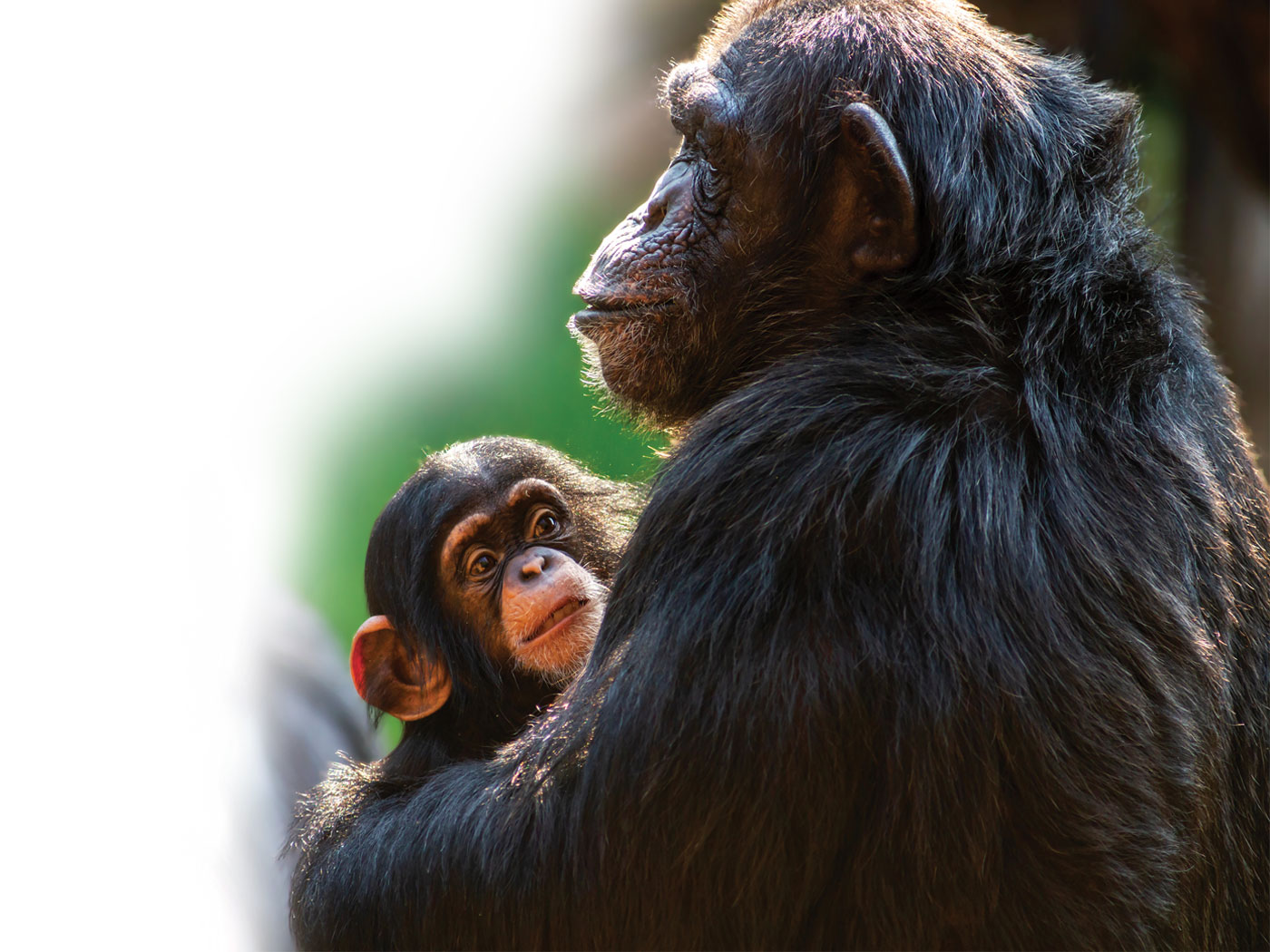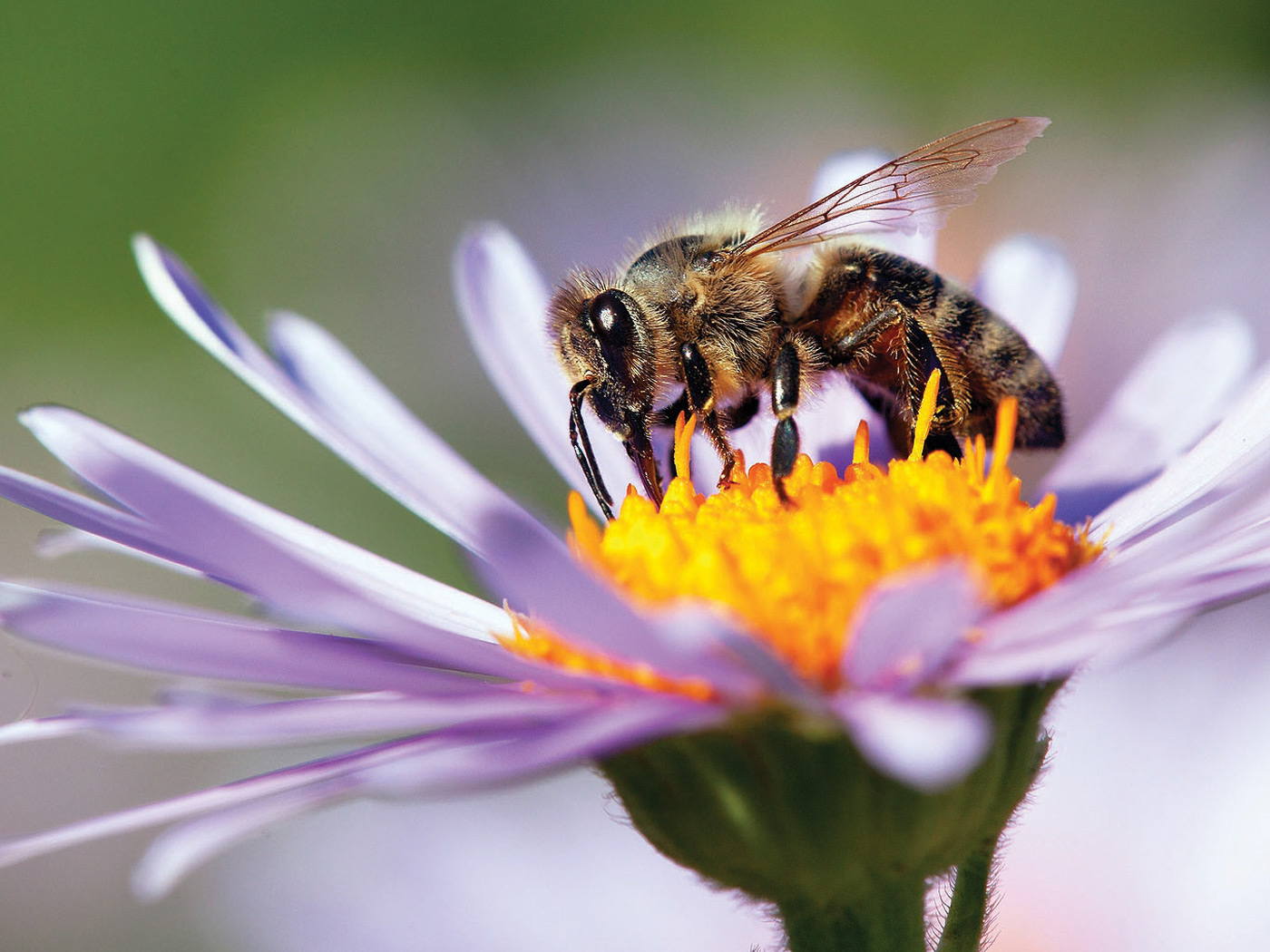When I was in elementary school, my teachers regularly put smiley faces or gold stars on homework papers and finished them off with bright red stamps saying “Good Job!” Restaurant-goers say the food is good if it pleases their palate. Reviewers claim a book is good when it keeps readers turning pages. My teenager frequently says “it’s all good” when no feelings are hurt and no one is mad. Trainers assert that a horse is good if it doesn’t buck, bite, or dart under low tree limbs. A good dog sits at your feet when you feel blue.
When we affirm something to be “good,” the judgment is somewhat skewed and often based on personal preferences and experiences. But while book reviewers might rave about a newly released psychothriller, maybe I don’t want to be haunted by nightmares. My oldest daughter doesn’t like dogs, and my youngest daughter would tell you that a horse that doesn’t buck is boring. We all use the word “good” in subjective ways, demonstrating that “good” is defined by the individual speaker.
That’s why we can be sure that if God declares something to be good, as He did at creation, then it is completely, flawlessly, and perfectly good. We can be sure because of who is making the statement. God is holy and can never lie—God’s character assures us that we can trust His declaration.
God defines “good.”
God is the speaker in Genesis 1, surveying His creation and declaring His own handiwork to be good. The Bible tells us that God Himself is good (Mark 10:18). God also has good plans for us, evidenced from the beginning of creation (Ephesians 1:3-6). The gospel—the “good news” of Christ—demonstrates God’s perfect plan for sinful man to be reconciled to our holy God (Ephesians 1:7-14).
God reminds us that His plan includes His working through even the difficult circumstances in life to bring about good results (Romans 8:28). We may not be able to grasp how God can use our circumstances for good, but we can be certain that He will do just that—we know because He is good.
As Dr. Henry Morris III points out in our feature article this month, “Genesis and the Character of God,” God’s original good plan for us is evident even in an evil world. We also see God’s display of His good design in creation, discussed in Dr. Jeff Tomkins’ research article about genetic diversity and Frank Sherwin’s article “An Amazing Tract Record.” Dr. John Morris’ article “Flat Gaps Between Strata” and Dr. Larry Vardiman’s “Tracking Those Incredible Hypercanes” validate the evidence of God’s complex design in our physical environment.
When God says “good,” we can trust that good means completely flawless in function and design—it is exactly what God intended.
* Jayme Durant is Associate Editor at the Institute for Creation Research.
Cite this article: Durant, J. 2012. When God Says “Good.” Acts & Facts. 41 (5): 3.










